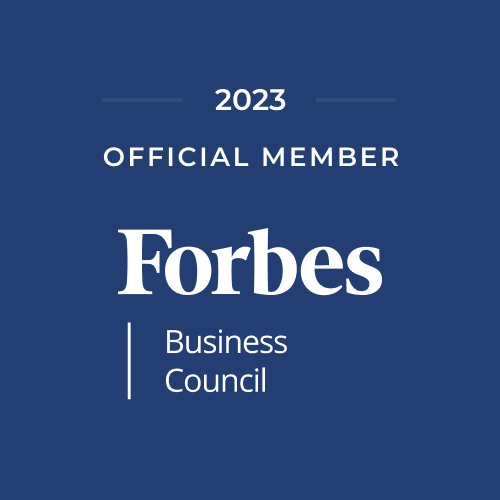Power Reads: 5 Interesting Articles That Will Help You This Week
/Each week, I select a few articles that rise above the fray and hopefully help you on your journey in leadership and the CRE world. They pull from one of four "corners": corporate real estate, technology, management science and anything positive. Each day we can become a better version of ourselves.
1. Office Occupancy Hits New Pandemic-Era High
Despite the lingering effects of Thanksgiving dinners across the nation, more workers returned to office buildings in the first week of December than at any point in the last 18 months.
“Average office building occupancy across the 10 largest office markets rose to 40.6% on Dec. 1, 8.1% higher than the post-holiday week last year, according to Kastle Systems, which tracks electronic keycard, fob and building access data.”
Texas and California continue to be at the extremes in office return: Austin and Houston, at 59.3% and 54.9% of pre-pandemic levels, respectively, have the most heavily trafficked office buildings, while San Francisco saw occupancy hit a pandemic high-water mark of 28.3%.
2. Working Vacations Have Never Felt This Good
BRANCHES PBC
After working long hours on tight deadlines for a big project as a landscape designer in Pittsburgh, Daryn Cassada was burned out. So her boss paid for a week away at a wellness resort in Hilton Head, S.C. It wasn’t exactly a vacation, but it wasn’t a work trip either.
“Ms. Cassada exercised, took mindfulness classes, ate gluten- and sugar-free meals, and dialed in to calls as needed to help keep projects for her real-estate company moving forward.”
“Most of the people who were there were actively working,” she said of her time at the resort this past October. “They’d be out there with their computer getting it done, and making sure they made it to their next Pilates class.”
3. The Escape From The Home Office
Thomas McConnell
Office culture has been around for years. Cubicles, coffee mugs, and printer paper are just some things that are commonly thought of when thinking about offices. However, we are starting to see a shift from the more traditional, individualized workspaces to offices that foster hospitality and collaboration. In early 2020 at the outset of the COVID-19 pandemic, many people packed up their office desks and started working from home. As a result, workplaces have started to change.
“Since there are fewer people working in offices every day, companies are starting to downsize their space. Health and safety precautions have been implemented into workspaces to allow people to feel safe and comfortable as they work. What’s more, office amenities like open meeting spaces, collaboration rooms, wellness areas, individual focus rooms, fitness centers, café-style break rooms, and multipurpose rooms are on the rise. Now more than ever, there is a strong correlation between hospitality, wellness, and the workplace.”
There has always been a tie in between hospitality and the workplace. Office spaces were designed with amenities like break rooms in mind and considered ergonomics for worker comfort. Workspaces were individualized and created a sense of separation amongst coworkers. Cubicles were the norm and only a small portion of offices were dedicated to teamwork.
4. U.S. Jobless Claims Fall to Lowest Level in 52 Years
A strong economic recovery and persistent labor shortage pushed jobless claims to their lowest level in more than half a century last week, just 18 months after the pandemic prompted six million workers to file for unemployment in one week.
“First-time claims for unemployment benefits, a proxy for layoffs, fell to 184,000 in the week ended Dec. 4, the lowest level since September 1969, the Labor Department said Thursday. The previous pre-pandemic low of 194,000 was recorded late last month.”
Unemployment claims have been steadily falling all year as the labor market has tightened amid a shortage of available workers. While the Omicron variant of Covid-19 represents another threat from the pandemic, economists expect labor market conditions to remain tight.
5. Companies Plan Big Raises for Workers in 2022
Companies are planning for steeper wage increases next year than at any point since the 2007-2009 recession, according to a new report, amid a tight labor market and the highest inflation in three decades.
“A survey by the Conference Board set for release Wednesday finds that companies are setting aside an average 3.9% of total payroll for wage increases next year, the most since 2008.”
The survey also shows that companies are planning on raising salary ranges, which would result in higher minimum, median and maximum salaries. That suggests pay raises could be broad-based and affect workers across a company’s pay scale.
Your success blesses others. I wish you a great and hugely impactful week!







